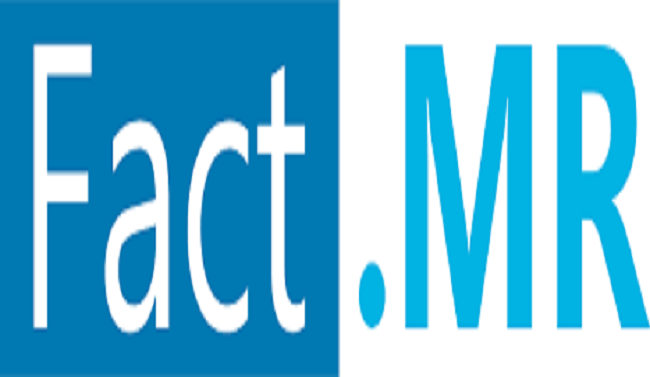The electrical steel market is poised to grow at an impressive CAGR of 8.5%, reaching a valuation of US$ 69.4 billion by late 2034. Also known as silicon steel, it is a specialized alloy crucial for electric motors and transformers due to its high magnetic permeability, which minimizes energy losses and enhances efficiency by effectively conducting magnetic flux.
Rising demand across industries for energy-efficient transformers and electric motors is a primary driver of this market growth. The shift towards sustainable energy solutions, spurred by increasing adoption of electric vehicles and renewable energy projects, further boosts demand for electrical steel. Its exceptional magnetic properties are essential for efficient power transmission, making it indispensable in modern energy infrastructure.
Despite its advantages, the electrical steel market faces challenges. Production involves costly processes like annealing and coating, requiring significant capital investment. Stringent environmental regulations and volatile raw material prices also present obstacles to market expansion. Overcoming these challenges will be crucial for sustaining growth and navigating the dynamic market landscape in the coming years.
Key Takeaways
Europe is poised to see significant demand growth for electrical steel, largely driven by the increasing adoption of electric vehicles. The well-established electric vehicle market in Germany and the rising deployment of data centers are major contributors to this trend. Meanwhile, Asia Pacific, led by countries like India and China, is expected to experience rapid expansion in the electrical steel industry. Rising personal incomes and shifting lifestyle preferences in these regions have spurred a surge in demand for electric vehicles, further bolstering the market.
Grain-oriented steel, renowned for its high permeability and low energy loss characteristics due to its 3% silicon content, remains in high demand globally. The market for non-grain-oriented electrical steel casings has also grown significantly, particularly driven by the development of efficient hybrid electric vehicles that utilize these materials. These trends underscore the evolving dynamics and growing importance of electrical steel in the automotive and energy sectors worldwide.
List of Key Companies Profiled in The Report
- Novolipetsk Steel
- Voestalpine Stahl GmbH
- POSCO
- Nippon Steel
- Sumitomo Metal Corporation
- ThyssenKrupp AG
- JFE Steel Corporation
- Cogent Power
- ArcelorMittal SA
- Aperam SA
- Baosteel Group
- AK Steel Holding Corp
- Others
Driving Forces of the Electrical Steel Market
The demand for electricity, driven by industrialization and urbanization, is a key driver of the electrical steel market. Known for its consistent magnetic properties and high permeability, electrical steel plays a crucial role in transformers, motors, and other electromagnetic devices. Additionally, the burgeoning electric vehicles (EVs) industry is increasing the demand for efficient electric motors, thus boosting the use of electrical steel. Despite challenges such as high raw material costs, technological advancements and increasing applications in the power sector are expected to propel significant market growth from 2024 to 2034.
Market Competition and Strategic Initiatives
Leading companies in the electrical steel market are increasingly adopting environmentally friendly materials and focusing on product development aligned with local safety regulations. Key players include ArcelorMittal, Tata Steel Limited, SAIL (Steel Authority of India Limited), Voestalpine Group, Baosteel Group (Baowu Steel Group Corporation Limited), Jindal Steel and Power Limited, JFE Steel Corporation, and Essar Steel.
In April 2022, POSCO commenced the construction of a new electrical steel production facility, committing an investment of $805 million. This initiative aims to establish an annual production capacity of 300,000 tons of Non-Oriented Electrical Steel (NOES), underscoring POSCO's strategic expansion in the global market.



